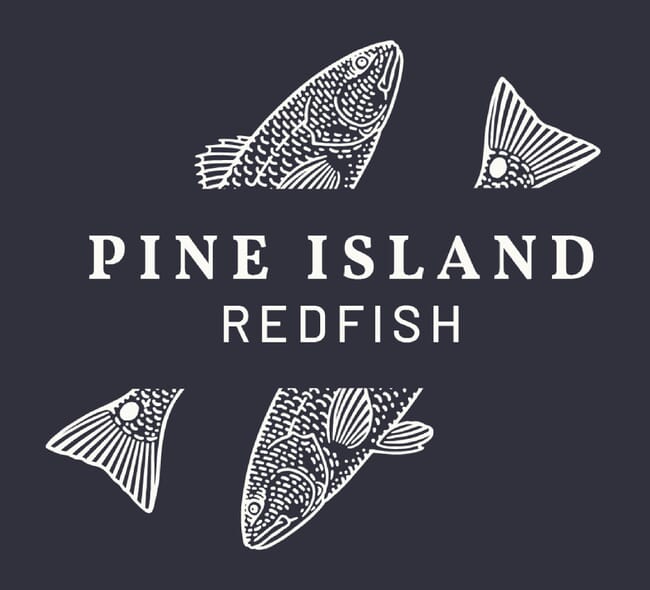
The species is currently farmed in a range of countries including China, Ecuador, Guadeloupe, Israel, Martinique, Mayotte, Mauritius and Mexico
The eponymous island is already home to American Penaeid, a leading provider of vannamei shrimp broodstock, as well as harvest to market, as well as a vast array of fruit and palm tree farms.
“In studying sites for this farm, we were directed to Pine Island, Florida as a home for both terrestrial agriculture as well as aquaculture,” said Pine Island Redfish CEO Megan Sorby, in a press release.
“We looked at multiple locations and found a property that provides all the key elements for our project while most importantly working within Pine Island’s desire to maintain its natural and undeveloped farm feel,” she added.
Pine Island Redfish acquired a nearly 150 acre property towards the southern part of the island after required review and successful approval by all relevant local, state, and federal agencies.
“Previous farming activities on the property, as well as the general location and site-specific characteristics are allowing us to establish operations with engineering that meets the goals we are all striving to achieve in the blue economy including water efficient technologies and climate resilience strategies,” Sorby explained.
Unique geologic conditions of South Florida provide the opportunity to access high quality seawater through the ground’s natural sand filter, according to Sorby.
“Likewise, we are able to process effluent on site and recycle its nutrient profile for other applications that create a more circular food system,” she adds.
The company is evaluating uses, including growth of halophytes integral to climate resilience strategies.
Drum role
Efforts to farm red drum, which are commonly referred to as redfish, have met with mixed results in the US over the last few decades. However, the species is now successfully farmed in a range of other countries, including China, Ecuador, Guadeloupe, Israel, Martinique, Mayotte, Mauritius and Mexico.


